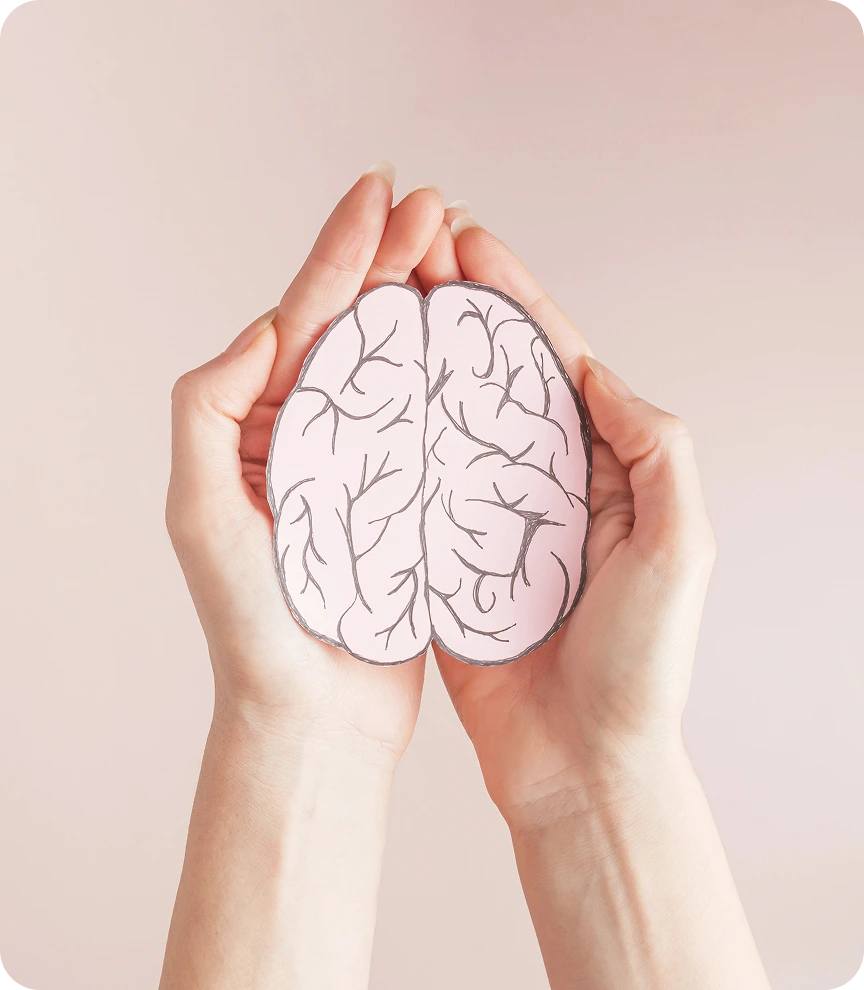
Neurology
At LHWIC, we go beyond conventional acupuncture approaches in the management of neurological disorders. Under the expertise of Dr. Wong Lin Ho—who is dual-trained in both Western Medicine and Traditional Chinese Medicine (TCM)—we have developed the Brain-Acupoint Axis™, an innovative framework that strategically selects acupoints with demonstrated correlations to specific brain regions, as supported by functional MRI (fMRI) studies.
By integrating detailed knowledge of anatomy with TCM principles, Dr. Wong focuses on precision-based neuromodulation through the stimulation of peripheral nerves. This precision is further enhanced by Ultrasound-Guided Electroacupuncture, ensuring highly accurate needle placement. Electroacupuncture has been shown not only to reduce pain but also to promote peripheral nerve repair in cases of axonotmesis and neuropraxia. In addition, direct stimulation of targeted peripheral nerves strengthens the associated muscle groups, offering functional benefits beyond those achieved with more conventional modalities such as TENS or invasive spinal cord stimulation.
To date, this integrative approach has significantly improved the quality of life of patients, including those living with complex and rare neurological conditions such as Guillain-Barré Syndrome, Multiple Sclerosis, Cauda Equina Syndrome, Chronic Inflammatory Demyelinating Polyneuropathy (CIDP), Amyotrophic Lateral Sclerosis (ALS) and even coma.
Facial Palsy (including Bell’s Palsy and Ramsey Hunt Syndrome)
Bell’s palsy and Ramsey Hunt Syndrome (RHS) presents with paralysis of one half of the face due to inability of the facial nerve to control the facial muscles. They can also result in a change of taste, pain around the ears and hypersensitivity to sounds. They can be caused by viral infections such as varicella zoster virus, EBV and infections related to upper respiratory tract infections. They are also related to conditions such as diabetes. Diagnosis of Bell’s palsy and Ramsey hunt syndrome is clinical. However, other important diagnosis such as stroke and Guillain Barre Syndrome has to be ruled out. They can then be graded using House Brackmann Score based on the level of asymmetry and the degree of weakness.
TCM treatment of Bell’s palsy and RHS involves neuro-electroacupuncture of the facial acupoints to stimulate the underlying facial nerve and muscles which hastens the recovery period as well as antiviral herbal medications targeting the underlying infection.
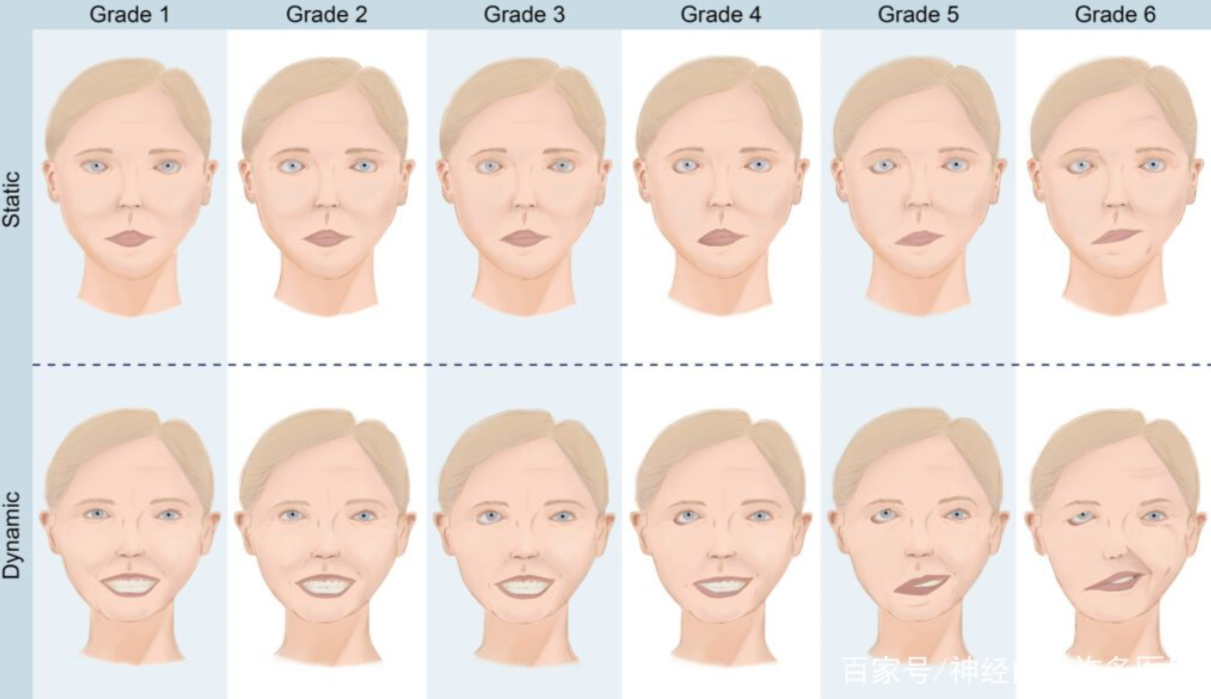
Neurodegenerative diseases (e.g Parkinson’s Disease, Parkinsonian Plus Syndrome, Alzheimer’s Disease)
Neurodegenerative diseases refers to diseases which cause the progressive degenerative of nerve cells which affects movements, sensations, speech, swallowing and mental status. It includes diseases such as Parkinson’s Disease, Alzheimer’s Disease, Dementia, Amyotrophic Lateral Sclerosis, Multiple Sclerosis, Multiple System Atrophy (MSA), Corticobasal Degeneration and Huntington’s Disease. With an ageing population like Singapore, the management of Neurodegenerative diseases is playing an increasing importance in our daily livelihood.
Unlike medical management which shows a relatively limited efficacy in the management of Neurodegenerative disorders, the use of neuro-electroacupuncture mixed chinese medicine provides an important aspect in the maintaining and regeneration for the nervous system. Neuro-electroacupuncture prevents the demyelination (breaking of myelin sheath of nerves) and assists with the regeneration, thus impeding the progression of Neurodegenerative diseases. This can be coupled with Chinese medications such as Gingko Biloba and Ligusticum Chuanxiong which has been shown clinically to reduce the underlying oxidative stressors. In Parkinson’s disease and Parkinsonian plus syndrome, these medicines aid in the release of dopamine within the Central Nervous System (CNS) and reduce tremors and rigidity.
Similarly in Alzheimer’s Disease, Gingko Biloba has been shown in multiple clinical trials to improve the Mini-Mental State Examination (MMSE) of patients with mild cognitive impairment. In addition, a latest research by researchers in Boston University, Massachusetts, showed that the use of electrical stimulation of the Dorsolateral Prefrontal Cortex (see image below) has shown to improve long term memory while the stimulation of inferior parietal lobe has been proven to improve short term working memory. [1] The combination of both neurostimulation and Gingko Biloba works synergistic to aid in the memory preservation for AD patients.
In conditions such as Multiple System Atrophy (MSA) where there is an atrophy (degeneration) of the cerebellum, patients frequently present with signs and symptoms such as broad-based gait, slurred speech, ataxia, inability to perform rapid actions (dysdiadochokinesia). Activities of daily living (ADL) can often be affected as patients have difficulties in performing their daily tasks and may experience frequent falls. Electro-cerebello-acupuncture is the use of electrical stimulation via acupuncture at the cerebellum located on the cranium of the skull. Through the constant stimulation, the cerebellum is activated to release neurotransmitters (GABA) which is often decreased during cerebellum atrophy. Together with GABAnergic stimulating herbs such as Gastrodia elata, Ziziphi Spinosae Semen and Acorus gramineus, the cerebellum atrophy related symptoms can be managed. Red ginseng, which has been shown to reduce the tau proteins causing MSA will also be given to reduce the rate of deterioration in these neurodegenerative conditions.
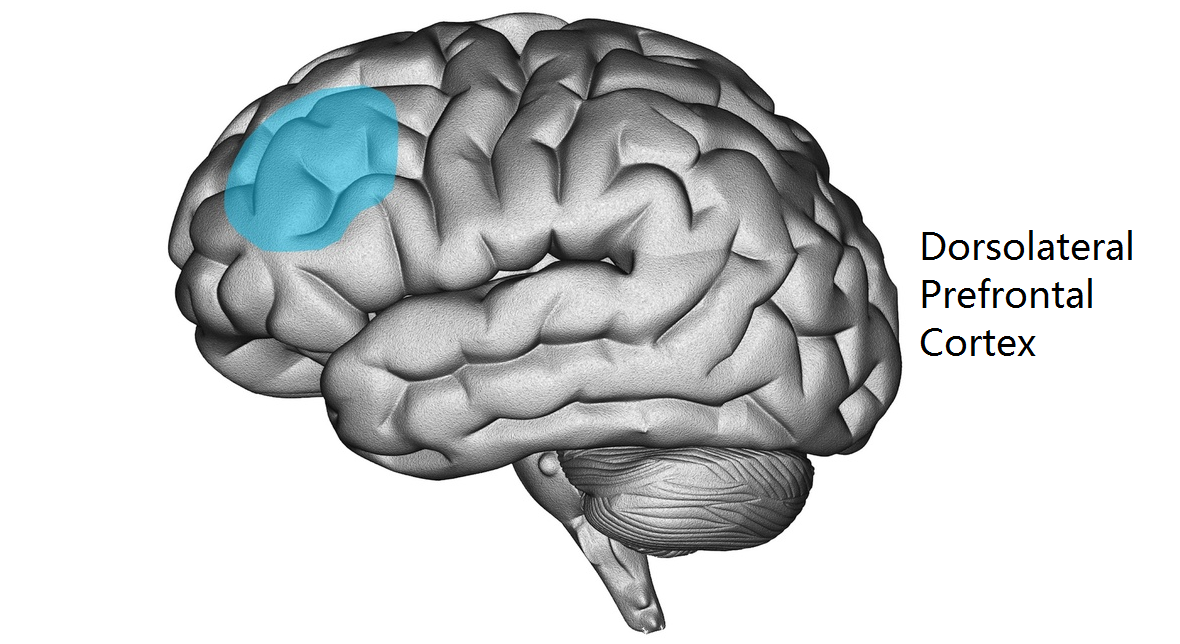
Neurovascular diseases (e.g Stroke, Spinal artery occlusion)
According to Singapore’s national stroke registry, there are 257.6 cases of stroke per 100,000 population in 2019. This is up from 188.9 cases per 100,000 population in 2010. The numbers of cases of stroke has still been constantly rising since. This can be attributed to the increase in ageing population, smoking, drinking and dietary habits. Initial stroke is typically managed via “Stroke protocol”. If the ischaemic stroke patient arrives timely within the “Golden Timing” which is usually at 4.5 hours, thrombolectomy (mechanical removal of clot) or thrombolysis (dissolving of clot) is performed. However, beyond the “Golden Timing”, efficacy of such treatment is greatly reduced. Even after thrombolectomy/thrombolysis, many patients are still faced with slurred speech, dysphagia (difficulty swallowing), facial weakness, reduced strength, increased tone and hence reduced mobility at the area that is affected by the stroke. Medical therapy is relatively limited in the management of post stroke and the efficacy of physiotherapy varies amongst individuals.
Traditional acupoints are fixed set of locations which are located near but not at the nerves, which can reduce the underlying efficacy. Unlike traditional acupoints, Neuroelectroacupuncture directly targets affected peripheral and cranial nerves, and through that modulates the feedback to the brain is a method that has proved to be more effective than traditional acupoints. Patients generally report a reduction of tone, increase in motility and strength immediately after the treatment and the effect remains with the subsequent treatments. The management of slurred speech, dysphagia and facial weakness is achieved via the targeting of lingual, hypoglossal and facial nerves which are located below the tongue, around the chin and directly on the face. Bedside Swallowing Test (BST) is conducted at the end of each treatment to track the progression of swallowing function.
In addition, direct cranial electrical stimulation of the brain has been shown to improve post-stroke aphasia (difficulties in speech).[2] In a recent trial (NORTHSTAR) published on European Stroke Journal, electrical stimulation of the brain has shown to significantly improve subacute post-stroke aphasia.[3] Through the combination of direct cranial electrical stimulation with the stimulation of peripheral nerves, a faster recovery post stroke can be ensued.
Neuromuscular disorders (e.g Spinal Muscular Atrophy, Dermatomyositis)
Neuromuscular disorders includes Spinal Muscular Atrophy (SMA), Inclusion body myositis, Dermatomyositis, Polymyositis and Myasthenas Gravis. These conditions frequently results in the disruptions between the nerves and the muscles within the body. In congenital disorders such as SMA, it is frequently due to abnormalities of genes known as SMN1 gene. It can be subdivided based on their age of onset as well as their clinical presentation. Patients frequently present with muscle weakness, gower’s sign, difficulty achieving milestones, poor feeding, and poor reflexes. Medical treatment consists of genetic therapies such as Nusinersen, Onasemnogene abeparvovec (Zolgensma) and Risdiplam which costs up to millions of dollars. Cheaper alternatives include the direct neuroelectroacupuncture which stimulates the underlying nervous system, allowing for rennervation of the tissues. Quercetin, a compound found in herbs such as Gingko biloba has been found in some trials to reduce the symptoms of SMA. [4,5] Other herbs such as Brucea javanica, has been shown to boost the production of SMN protein.[6]
Epilepsy and Seizures
Epilepsy occurs when there is a disorder of the brain resulting in abnormal signalling. Causes of seizures includes lack of sleep, infection, trauma, stroke, tumours, certain recreational drugs and low sodium count (hyponatremia).
Seizures can be broadly divided into 2 main types, Generalised and Focal seizures.
Generalised seizure refers to seizures which affects both sides of the brain, consisting of sub-types such as Tonic-Clonic seizure (GTC), myoclonic, atonic, clonic, tonic and absence seizures. Focal seizures refers to seizures which are only localised to a particular area of the brain and may or may not result in the lost of consciousness. Seizures generally last for a few minutes, however, in some severe cases or status epilepticus, it may last for more than 30 minutes.
Diagnosis would require a proper medical consultation and examination, blood test to check for any abnormal electrolytes or sugar level, lumbar puncture, CT/MRI of the brain to check for any tumours or other lesions, EEG to identify the type of seizure involved. In some cases, PET and SPECT scans are also used for more detailed understanding of the abnormalities.
Management of seizures is broadly divided by the type of seizures involved. In general, anti-epileptic medications are given to reduce the abnormal signalling within the brain. Increasingly, the use of neuromodulation where electrical currents can be placed directly on the scalp are used in the management of seizures. They are usually placed in the small brain (cerebellum) and anterior thalamus as they have shown to reduce the frequency of seizures. On average, 54% of the patients have a reduction of 50% of the seizures and 14% remain seizure free for the rest of their life. [7] Other alternatives includes Transauricular Vagus Nerve Stimulation (taVNS), where the vagus nerves which controls the parasympathetic nervous system is being stimulated. Clinical trials have found taVNS to reduce complex partial seizures in the majority of patients tested, with 20–40% of patients achieving a greater than 50% reduction in seizure frequency. [8] Neuromodulation via electroacupuncture together with anti-epileptic herbs such as Yanhusuo and Pinelliae Rhizoma, will further increase the efficacy of the reduction of seizures.
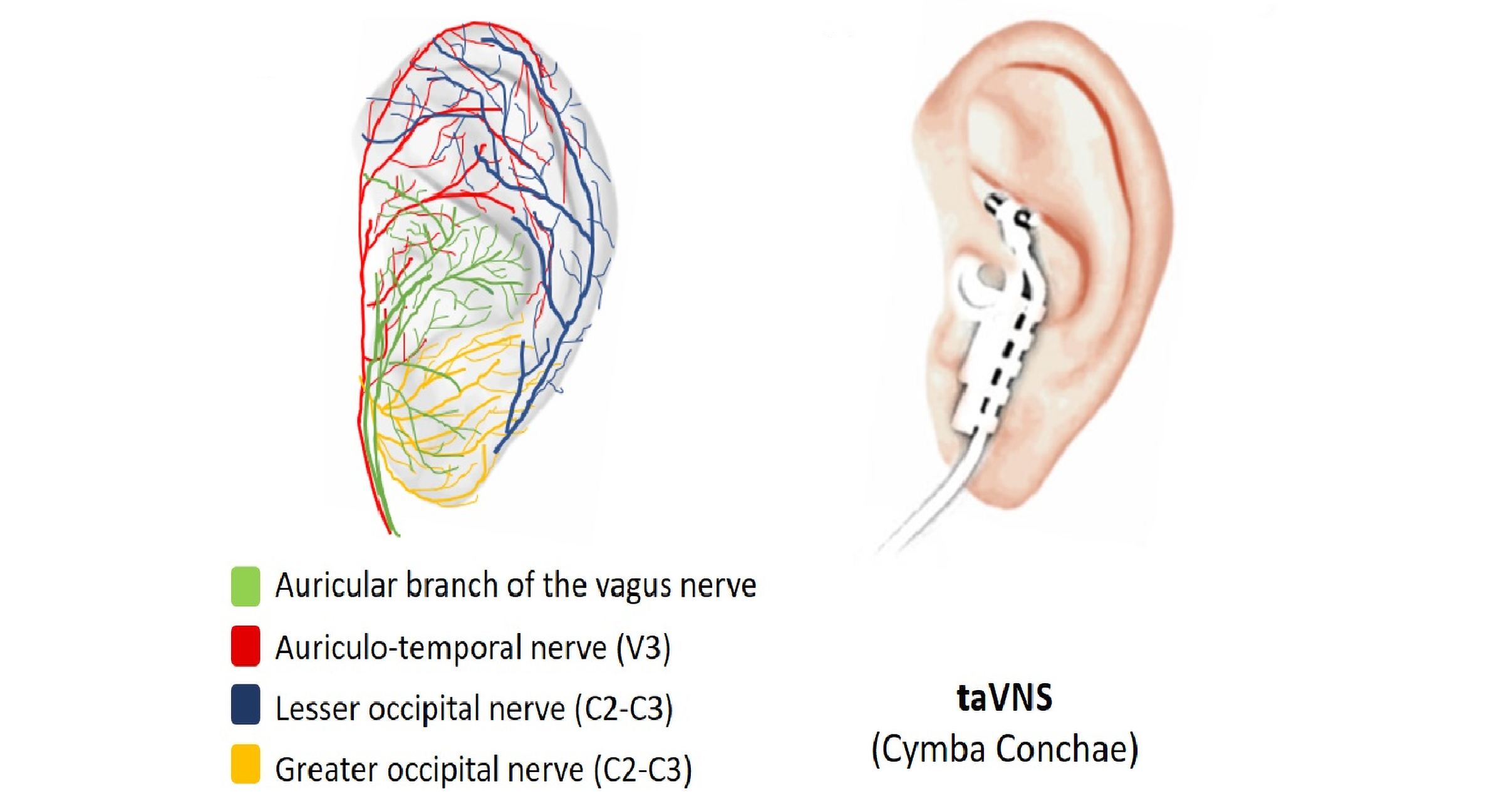
Spinal Cord Injuries (e.g Cauda Equina Syndrome)
Spinal cord injuries refer to the damages of the spinal cord nerves, surrounding tissues or the end of the spinal cord (also known as Cauda Equina Syndrome). It can result from road traffic accidents, sports related injuries, trauma or gunshot wounds. It can result in complete or partial tear of the spinal cord, leading to loss of functions.
As the spinal cord mainly functions to relay information between the brain and the lower body, it can present with a variety of symptoms. Patients who suffer from spinal cord injuries frequently present with paralysis, weakness, numbness, irregular breathing, heart rate, difficulty maintaining bowel or bladder functions as well as sexual dysfunction such as erectile dysfunction.
Despite surgical intervention, most functions will not return immediately as nerves grow an average of 0.25mm per day. Patients are often left to fend for themselves with the symptoms as conventional therapies are unable to target the underlying symptoms. Vitamin B12 which aims to help with nerve regeneration also provides little relieve to these symptoms.
The use of neuroelectroacupuncture which combines the use of electrical currents and neuroacupuncture aims to stimulate the nerves similar to the normal physiological functioning of the body. It helps to remyelinate the underlying nerves and is especially useful for injuries which damages the axons (axonotmesis) or cause focal demyelination (neurapraxia). It is done via the direct insertion of needles to the epidural space surrounding the nerves within the spinal cord. Research has shown that epidural electrical stimulation aids in the locomotion function in patients with spinal cord injury.
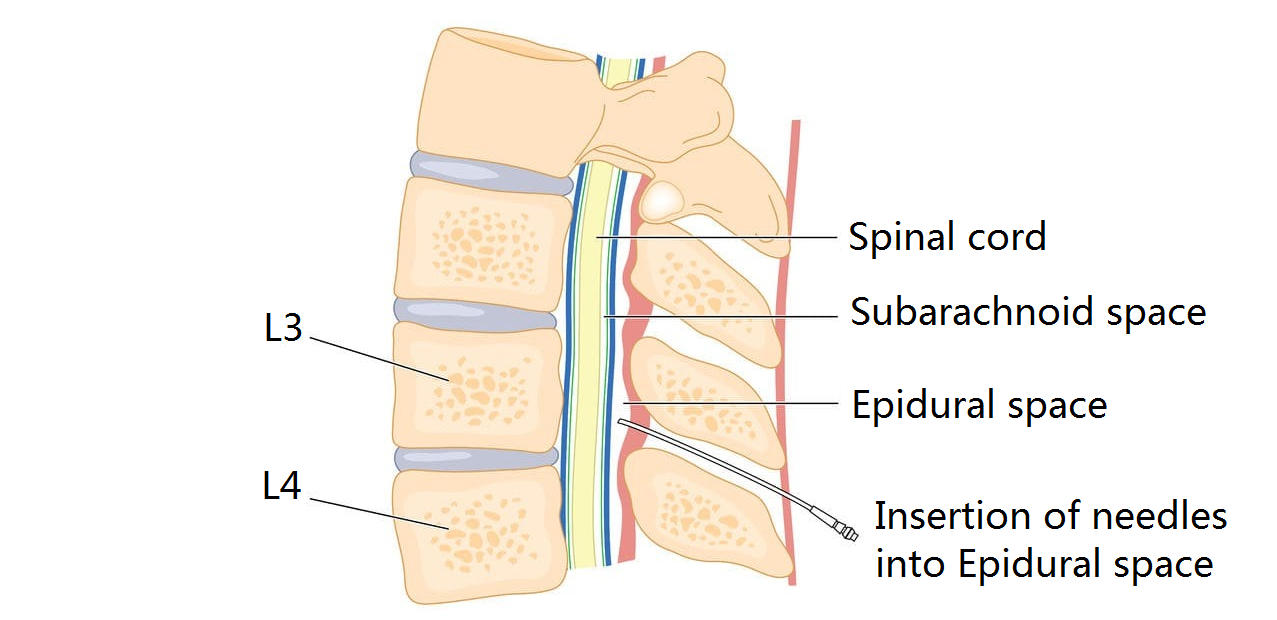
In addition, neuroelectroacupuncture can be used to target the peripheral nervous system (nerves travelling around the body), such as the pudendal nerves which stimulates the bladder. Through the direct stimulation of pudendal nerves, the bladder receives an active electrical stimulation, allowing it to regain its functions.
Credits: Mr. J who agreed to the sharing of his recovery process with Cauda Equina Syndrome (CES) through neuroelectroacupuncture at OFJ. As seen in the figure below, the use of neuroelectroacupuncture improved the ability to void post CES substantially. Urine output was measured with the help of a urinary catheter, post voiding ultrasound was also done intermittently via the follow up with Urology.
Percentage of Unassisted Urine Output is calculated by Unassisted urine output(UN)/Total Volume of Urine(TV) x 100%
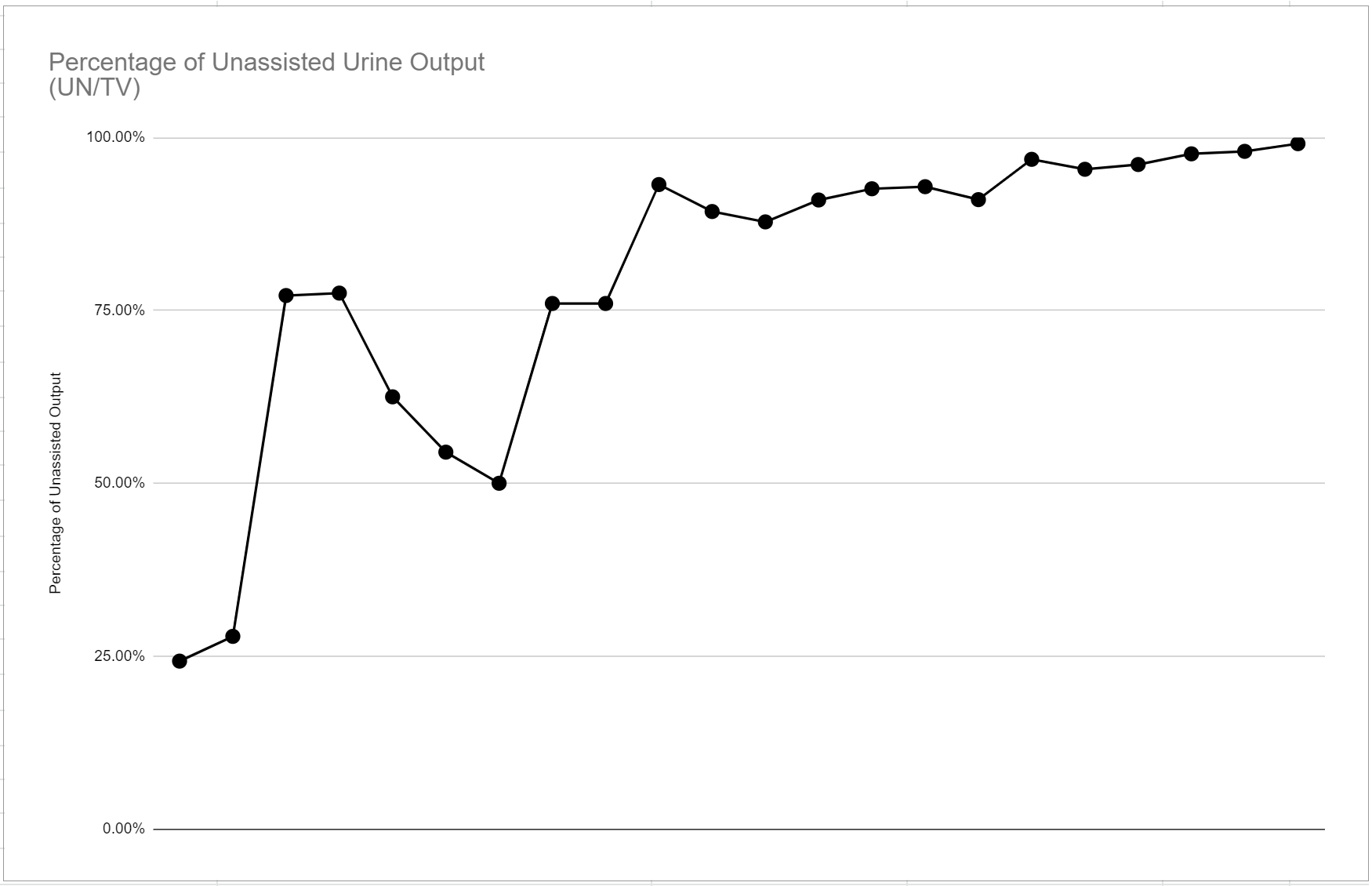
Disorder of Consciousness (Coma, Minimal Conscious State, Vegetative State)
Disorders of Consciousness (DoC) encompass a range of conditions that impair the state of awareness and responsiveness. These disorders are categorized into several subtypes, including Emerging Minimal Conscious State (eMCS), Minimal Conscious State (MCS), Vegetative State (VS), Locked-In Syndrome, and Chronic Coma. The underlying etiologies of DoC can vary, often resulting from neurological conditions such as ischemic or hemorrhagic stroke, traumatic brain injury, toxic insults, or cardiac arrest. Traditional management of DoC primarily involves the use of amantadine, although its therapeutic efficacy may be limited. In addition, emerging interventions, such as neuroelectroacupuncture targeting specific brain areas associated with consciousness, have shown promising clinical results, demonstrating notable therapeutic potential in improving patient outcomes. In addition, herbs which improves the reparations and increases Brain-Derived Neurotrophin Factors (BDNF) such as Gingko bilbo and Lion mane can be used to accelerate the healing process. Till date, Dr. Wong Lin Ho is one of the first physician in Singapore that has successfully accelerated the awakening of patients in coma state.
Commonly encountered conditions
At LH Wong Integrative Clinic, we go beyond traditional acupuncture methods when treating neurological disorders.
Commonly encountered conditions include:
- Neuro-traumatic disorders: Stroke, Spinal Cord Injury (eg. Cauda Equina Syndrome), Chronic traumatic encephalopathy and Herniated Nucleus Pulposus (Slipped Disc).
- Neurodegenerative Disorders: Alzheimer’s disease, Dementia, Parkinson’s disease, Parkinsonian plus syndrome (Progressive Supranuclear Palsy, Corticobasal Degeneration), Amyotrophic Lateral Sclerosis (ALS), Multiple Sclerosis and Huntington Disease.
- Peripheral neuropathies: Mononeuritis Multiplex, Carpal Tunnel Syndrome, Cubital Tunnel Syndrome, Tarsal Tunnel Syndrome, Guillain Barre Syndrome, Meralgia Paresthetica, Diabetes Neuropathy, Inflammatory Neuropathy (e.g. CIDP), claw hand, ape’s hand, wrist drop and foot drop.
- Nerve Palsies: Cranial Nerve Palsy including Facial Nerve Palsy (Bell Palsy, Ramsay Hunt Syndrome), Olfactory Nerve Palsy, Optic Nerve Palsy, Oculomotor Nerve Palsy, Trochlear Nerve Palsy and Abducens Nerve Palsy.
- Disorder of consciousness: Coma (Vegetative State, Minimal Conscious State)
- Neurodevelopmental disorder: ADHD, Autism Spectrum Disorder, Tics
- Headache: Primary (Tension type, Cluster headache, Migraine), Secondary Headache
- Hearing loss: Sensorineural hearing loss and Tinnitus
- Others: Trigeminal Neuralgia, Seizures, Transverse Myelitis, Normal Pressure Hydrocephalus
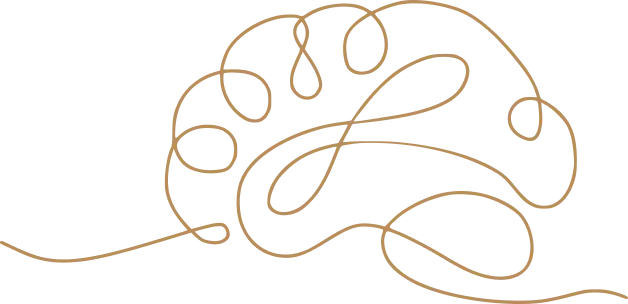
Under the care of Dr. Wong Lin Ho—who is dually trained in both Western and Traditional Chinese Medicine—we apply a unique Brain-Acupoint Axis™ approach. This technique targets specific brain regions through carefully selected acupoints, a method supported by fMRI research.
By combining anatomical expertise with TCM principles, Dr. Wong focuses on treating neurological conditions through precise stimulation of peripheral nerves. This precision is further enhanced with Ultrasound-Guided Electroacupuncture, a technique proven to not only reduce pain but also promote peripheral nerve healing in conditions like axonotmesis and neuropraxia.
Moreover, by directly stimulating the nerves, we also strengthen the associated muscle groups, offering a more effective and less invasive alternative to treatments like TENS or spinal cord stimulation.
To date, this approach has significantly improved the quality of life for many patients, including those with rare and complex neurological conditions such as Guillain-Barré Syndrome, Multiple Sclerosis, Cauda Equina Syndrome, Inflammatory Neuropathies (e.g., CIDP), and Amyotrophic Lateral Sclerosis (ALS).
What Can I Expect?
Thorough neurological examinations will be carried out together with Chinese Medicine pulse taking to identify the root cause of the issue. You will be given a diagnosis based on Western and Chinese Medical knowledge.
Treatment will then be carried out coupled with traditional chinese herbal medications.
See a professional trained in western and chinese medicine for the price of one. Get faster recovery for conditions that might be difficult to train using a single modality.
Bringing you the best of both worlds
